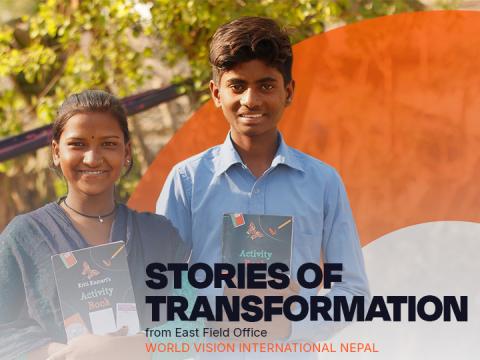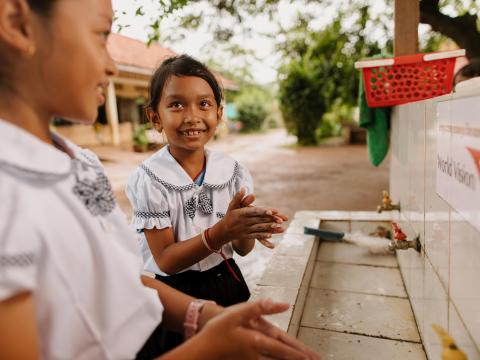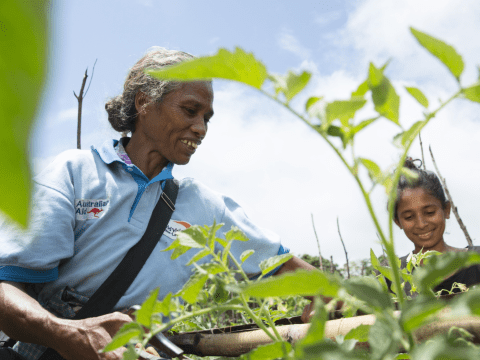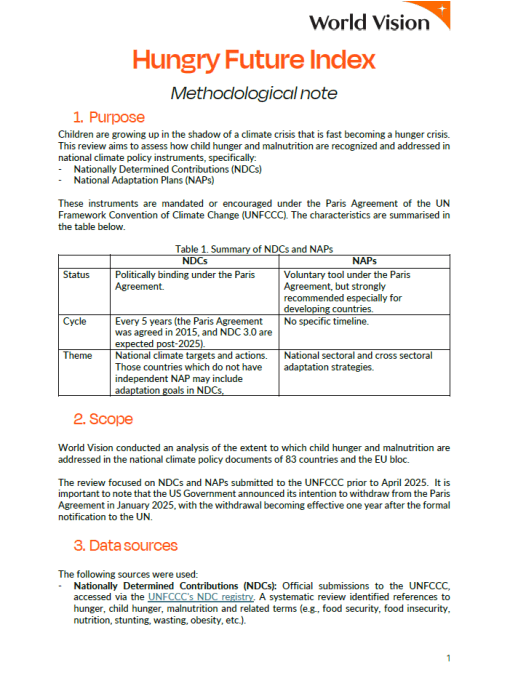Regreening Communities Supplementary Guidance Note: Urban Contexts
Download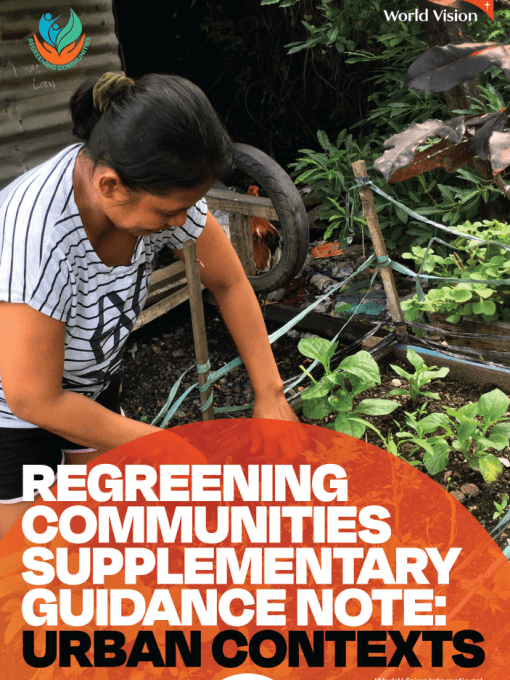
Regreening Communities in Urban Contexts: A Practical Guidance for Sustainable and Climate-Resilient Cities
Urban areas are increasingly at the centre of climate and environmental risks and impacts globally. While housing the world’s most vulnerable populations, cities and urban areas face rising temperatures, flooding, pollution, resource scarcity, hunger, malnutrition, and mobility challenges, often leading to disasters and other negative impacts to the well-being of children, their households and communities.
The Regreening Communities Supplementary Guidance Note: Urban Contexts equips practitioners with actionable strategies to adapt World Vision’s Regreening Communities (RGC) model in environmental sustainability and climate action programming for diverse, and dynamic urban environments. Building on global best practice for regreening communities, this guidance emphasises nature-based solutions (NbS) as a powerful entry point for climate adaptation, environmental sustainability, disaster risk reduction, and social transformation. It outlines how regreening can restore ecosystems, strengthen social cohesion, and unlock economic opportunities through urban agriculture, waste management, and green infrastructure. The document provides a structured approach—from mapping and community engagement to planning, implementation, and monitoring—ensuring interventions are inclusive, context-responsive, and scalable.
Featuring practical tools, urban-specific considerations, and real-world case studies from Southeast Asia and the Pacific Islands, this resource demonstrates how regreening can turn environmentally degraded urban spaces into vibrant, productive landscapes while fostering resilience, equity and child participation. By integrating environmental restoration with livelihoods and governance, Regreening Communities offers a pathway toward just, sustainable cities for children and communities worldwide.
Share
